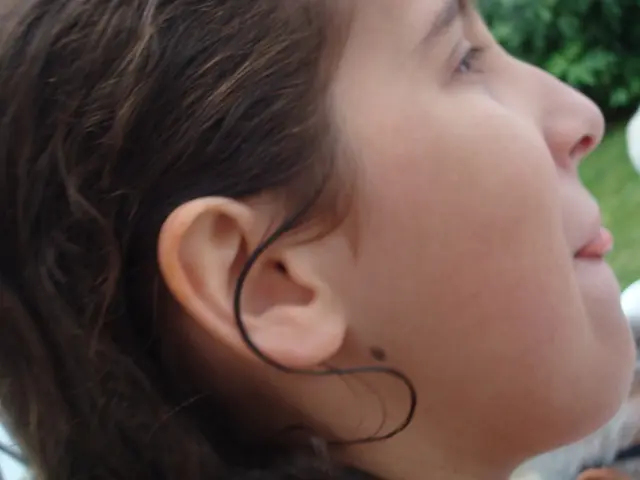Intergalactic Researcher at Harvard Postulates Interstellar Artifact as Possible "Extraterrestrial Technology"
The intriguing interstellar comet 3I/ATLAS, discovered in July 2025 by the Asteroid Terrestrial-impact Last Alert System (ATLAS) survey telescope in Chile, has become a topic of intense discussion among scientists. While the comet's unusual characteristics and trajectory have led Harvard astronomer Avi Loeb to propose an out-of-this-world theory – suggesting that 3I/ATLAS might be a piece of "alien technology" – the broader scientific community remains skeptical, treating it as a natural interstellar comet until more evidence emerges.
Astronomers are studying 3I/ATLAS using ground- and space-based telescopes, including the Hubble Space Telescope and the James Webb Space Telescope (JWST). The research aims to understand the comet's composition, structure, and origin in greater detail. One of the key objectives is to learn why 3I/ATLAS is moving significantly faster than previously known interstellar objects and approaching the sun from a different angle, as these factors have led Loeb to speculate that the comet might be strategically advantageous for an alien probe spying on Earth.
Loeb's hypothesis also includes the possibility that the object's path brings it near Jupiter, Mars, and Venus, potentially allowing aliens to deploy hidden devices on these planets discreetly. He connects this to the "dark forest" hypothesis, a speculative scenario in which intelligent civilizations avoid contact to remain hidden and may use such artifacts as surveillance, possibly with hostile intent.
However, it is important to emphasize that this hypothesis remains highly speculative and unproven. The paper by Loeb and co-authors is not yet peer-reviewed, and the broader scientific community treats 3I/ATLAS as a natural interstellar comet until more evidence emerges. The comet's size estimates and lack of typical cometary outgassing have been questioned by Loeb as signs that it may not be a regular comet, but this remains an unproven theory.
NASA has stated that 3I/ATLAS will continue its journey into interstellar space, providing further opportunities for observation and research. Theoretical physicist Professor Avi Loeb told Newsweek that an alien civilization could have sent the object, but the scientific community is focused on gathering more facts to support or refute this intriguing hypothesis.
In summary, while Avi Loeb’s claims have stirred debate, no definitive evidence currently supports the claim that 3I/ATLAS is alien technology; rather, it is an intriguing hypothesis inviting further investigation. The study of 3I/ATLAS is ongoing, using a variety of telescopes, and the comet's unusual characteristics continue to captivate the scientific community.
Scientists are analyzing the composition, structure, and origin of 3I/ATLAS using both ground-based and space-based telescopes, such as the Hubble Space Telescope and James Webb Space Telescope, with the objective of understanding its health-and-wellness implications for interstellar travel and its potential impact on space-and-astronomy research. The unusual movement and trajectory of 3I/ATLAS has led some scientists, like Avi Loeb, to propose speculative theories, including the possibility that it might be a piece of alien technology or a probe spying on Earth, though these proposals remain unproven and under intense scrutiny within the broader scientific community.




